Continuing to create in a carbon constrained world
You may be aware that my partner Janine King and I were burnt out in the catastrophic bush fires of 2019. Everyone evacuated the Village before the fire arrived, but I stayed to fight and defend. I lost all my workshop buildings and my kiln factory but saved my house and narrowly saved my life by climbing into my kiln as the fire roared over me. Kilns are pretty amazing! They hold heat inside so well as kilns, but also keep fire out as sanctuary and protection!
As a result of the fire, we have had to spend the past 2 years cleaning up all the burnt mess of building ruins. This last year we have been busy mostly being builders, making a new pottery workshop. It has given me time to think.
The new workshop is now almost complete and we have only just this last couple of months, started making work again. We still haven’t managed to rebuild our wood fired kiln which was destroyed in the fire along with my small kiln building business. The new kiln will be built over the summer here in January and February.
Fire can be so very creative in the hands of a skilled craftsman, but also so very destructive when it is running wild and uncontrolled. I have seen both sides now and am keen to make some positive works that invoke the fantastically creative side of the fire, as a way to purge myself of some very stressful and caustic memories. I am keen to make my new work cathartic and positive. A new beginning for me as I recover, just as this new wood firing magazine is also making a new beginning. It’s come at just the right time.
I have always been very interested in living a small, green, gentle, low carbon existence, and making pottery is only just one small part of this amalgam of creative efforts. Growing all of our own green food in our organic gardens and orchards, as well as also keeping free range chickens is a big part of it. I also collect the stones to make my porcelain bodies and all the rocks that I use to make my glazes.
I have always been very interested in living a small, green, gentle, low carbon existence, and making pottery is only just one small part of this amalgam of creative efforts
As part of this self-reliant approach to life, I chose to concentrate my wood firing efforts on shorter, cleaner firings to minimise fuel consumption and smoke. I abandoned the anagama many years ago and concentrated on the 2 chamber bourry box kiln. In recent years I developed a small, portable wood fired kiln that goes to stoneware temperatures in 3 to 5 hours in reduction. We fire this on sticks that we pick up off the ground from wind falls after each windy day. This is as environmentally sensitive and ‘low-carbon-miles’ that you can get.
However, there is a much bigger issue that no other wood firers that I know of are either aware of, or discussing/confronting at the moment and that is the fine particulates in the smoke and ash. There are very strong rules about combustion engines that cause air born pollution, particularly diesel engines. Also open fire places in cities and solid fuel, slow combustion stoves. It will only be a matter of time before we as wood firers, are forced to come in line and comply too.
Surely the best way to tackle this issue is to confront it now and start the discussion, find the best way forward and start to implement solutions before they are forced onto us by government legislation. It will take time to figure the best way, or ways, forward on this difficult problem. Putting our heads in the sand and claiming that “I only reduce at night”, or “I live out in the country side so it doesn’t matter”, are pretty lame excuses for doing nothing.
The last kiln that I built for us before the fire was a 600mm cube electric kiln fired off our solar panels and reduced by inserting small slithers of wood to create the reduction atmosphere. I also tried using two small gas pilot burners to create the reduction, using less than half a kilo of fuel to achieve sufficient carbon monoxide over the period of the glaze melt. The kiln fired on solar generated electricity and the fuel is only for reduction.
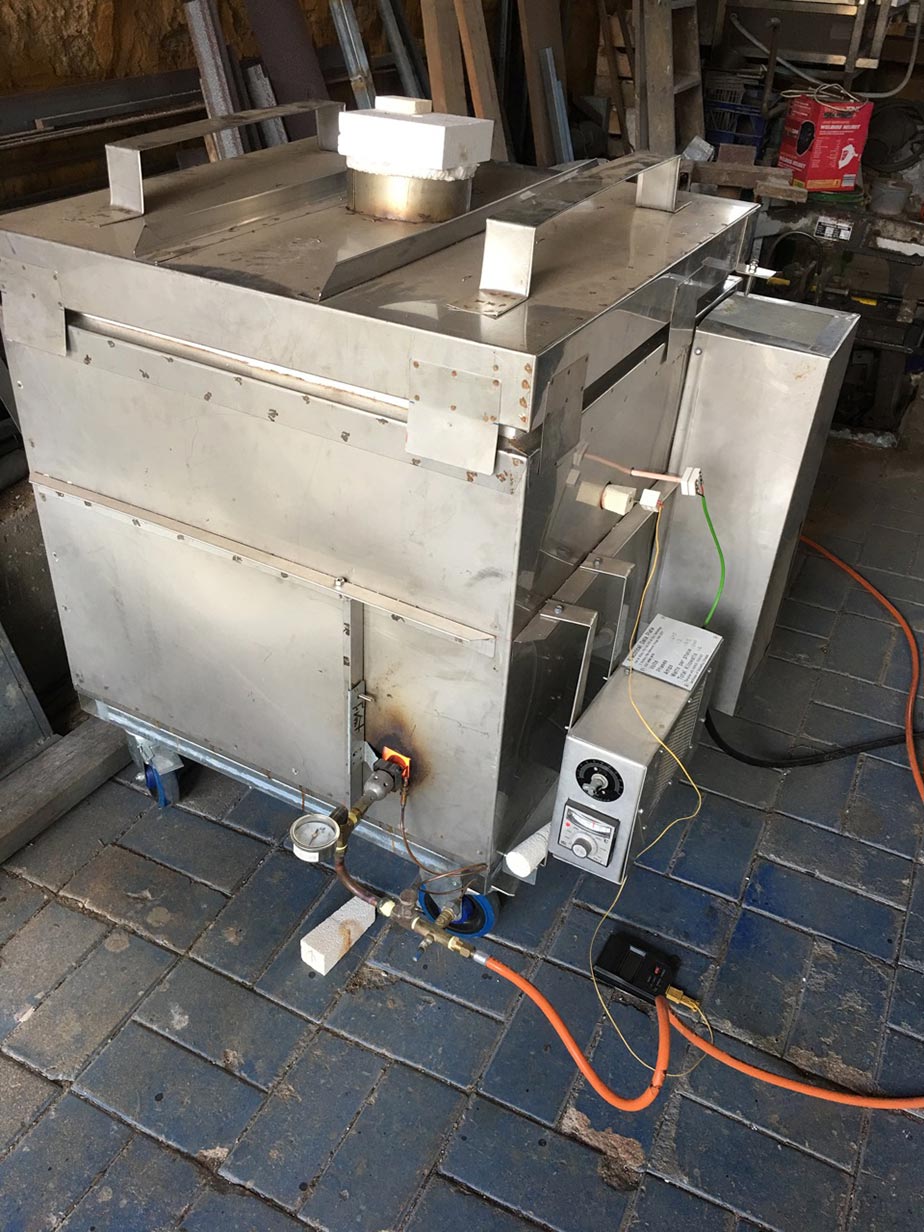
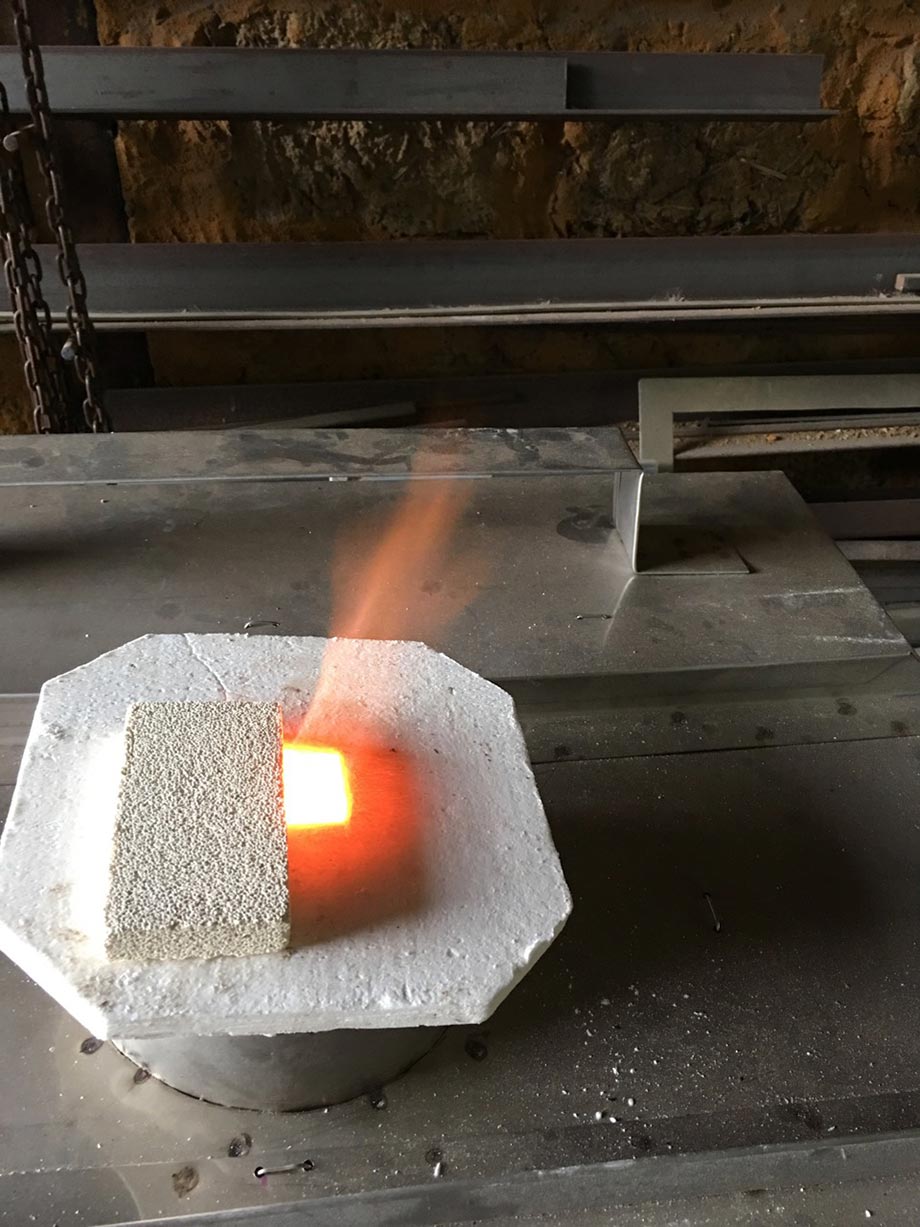
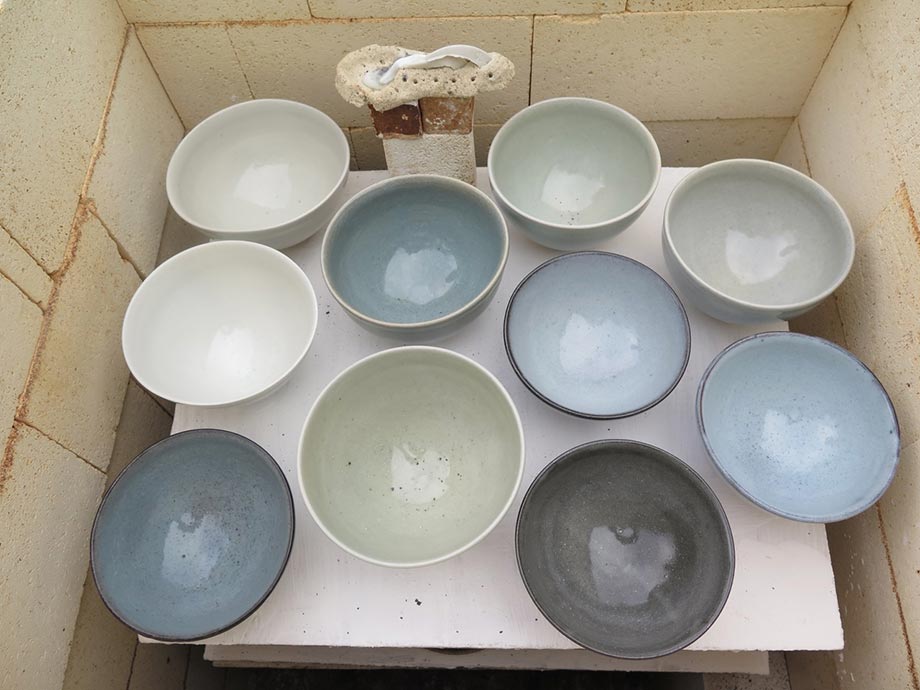
I also tried introducing charcoal into the chamber to achieve the special localised charcoal contact effects. Potters in Japan that I studied with in Bizen almost 40 years ago were using gas reduced electric kilns with introduced charcoal, so nothing is new. In fact one of them went on to become a National Treasure potter, so the quality of the work was never questioned. No one can tell the difference.
When I was in China in 2019 they were fitting smoke combustors onto some of the old giant multi-chamber climbing kilns. It was either that or be shut down. The Chinese government doesn’t muck around. They have a big problem with air quality, being out in the country doesn’t matter, the wind blows pollution to the city.
There used to be climbing kilns in the heart of Kyoto city. One of them, Kawai Kanjiro’s kiln is still there and now open to the public as a museum. It’s hard to believe that he was ever allowed to fire it in the city. In those narrow lanes and tightly packed streets. Pollution regulations eventually caught up and all the smoky kilns are now moved out of town to places like Shigaraki, but it remains to be seen how long this can continue?
The point of mentioning the Bizen example is to show that there is a way forward that creates wonderfully surfaced and interesting work, but doesn’t harm others while doing it. First do no Harm!
Destruction, creation and transition can be a creative and up-lifting exercise, I have experienced this first hand. It can spur new creative opportunities. 3 years ago we transitioned from a small petrol car to a plug-in electric car, it was no inconvenience at all. Plus I feel good about driving a car that I charge from the sunlight off my roof.
Change can be a win/win.
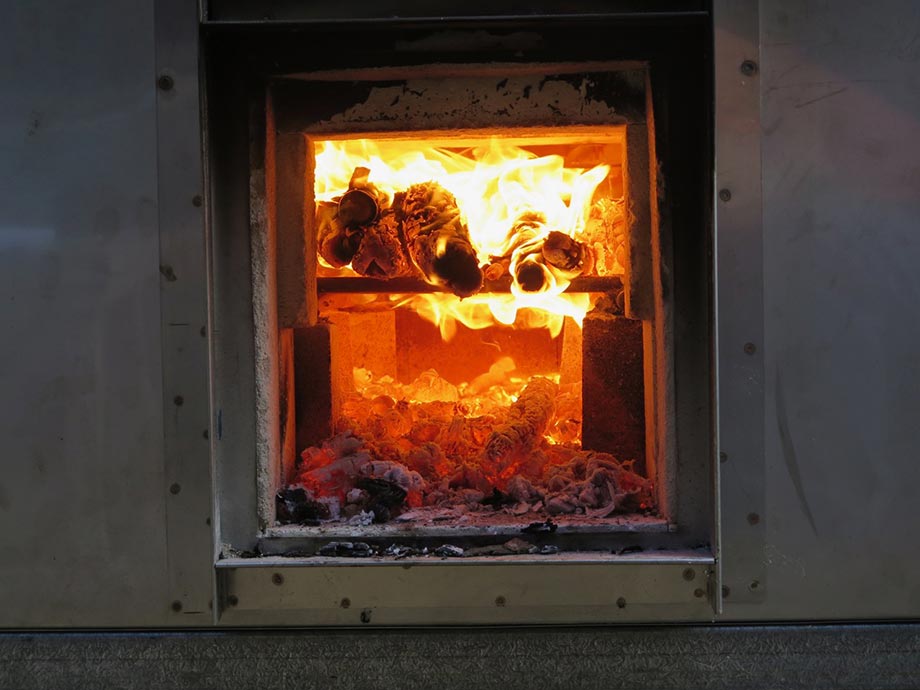
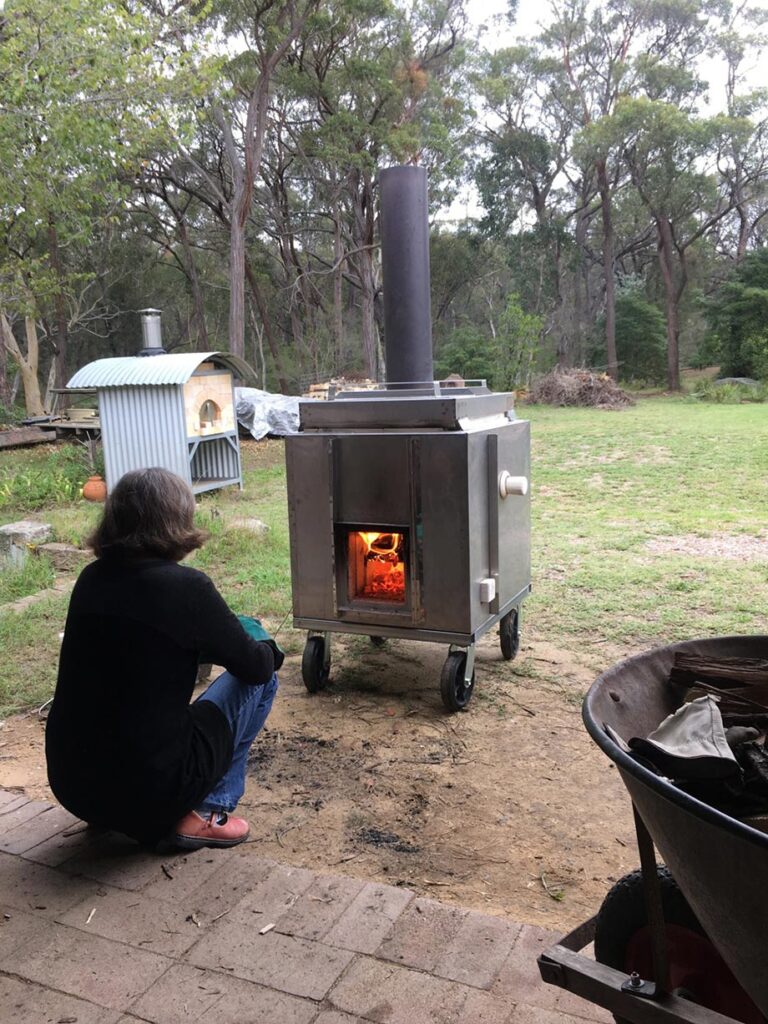
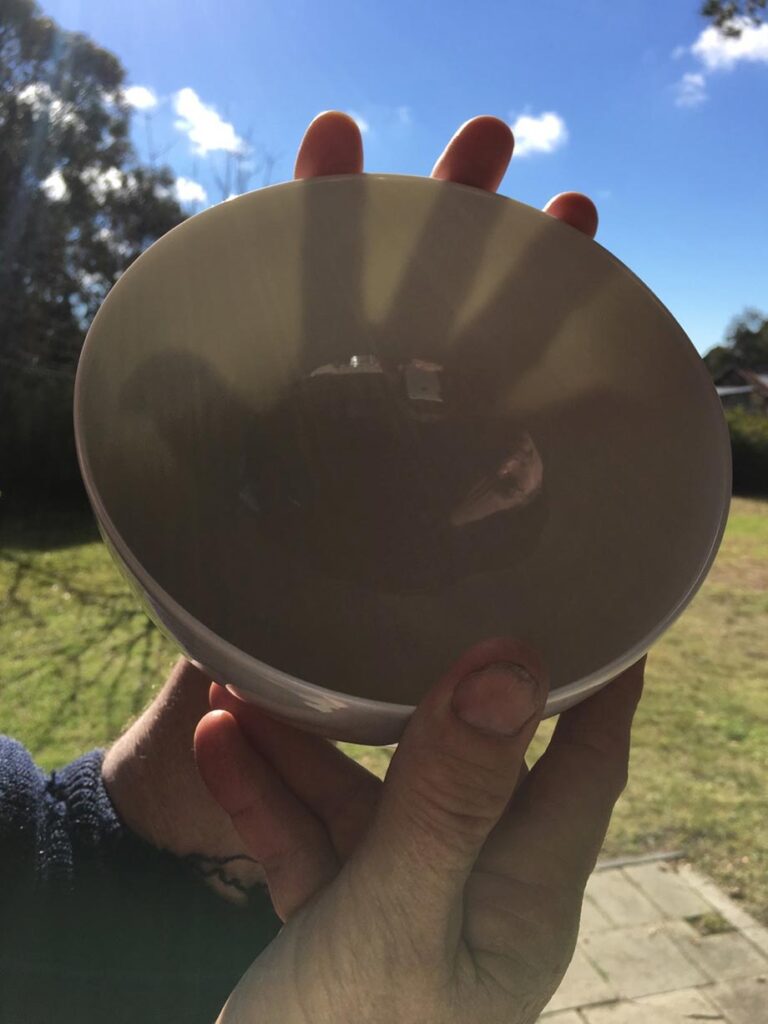
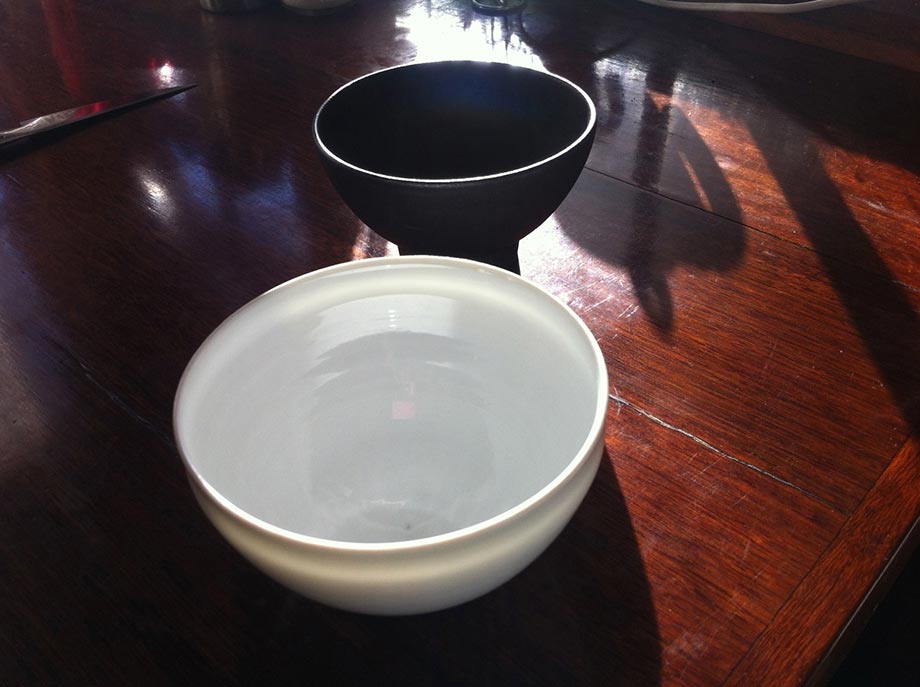
Steve Harrison is a woodfirer, teacher and kiln designer living at Australia. He is also the author of eleven books with titles such «Australian Woodfiring», «Rock Glazes» or «Laid Back Wood Firing».
Text and photos: @Steve Harrison. Total or partial reproduction by any medium is prohibited unless expressly authorised in writing.